El racismo arraigado, la disfunción política, la degradación ambiental y la creciente desigualdad están alimentando protestas en Perú que ya se han cobrado 70 vidas, en su mayoría indígenas.
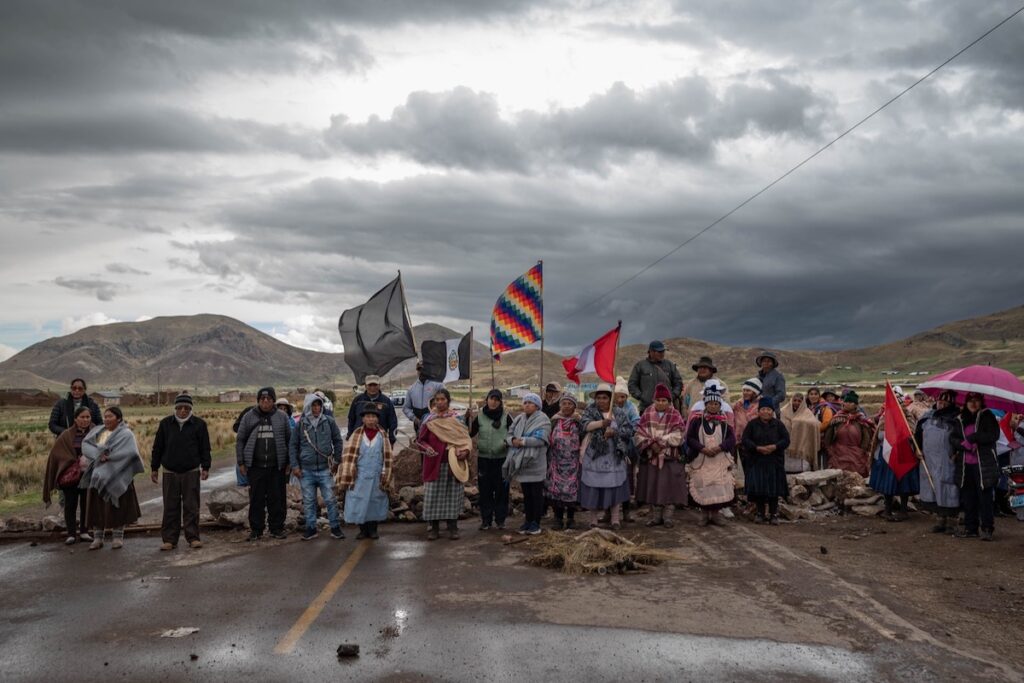
La «policrisis» es un término emergente que se está abriendo camino en el lenguaje de los legisladores y tomadores de decisiones globales, desde las universidades de élite hasta las salas de reuniones en Davos. El término es amplio en su definición; casi como una ameba, se transforma para envolver los muchos desafíos que enfrenta la humanidad, desde la catástrofe climática hasta la pobreza, el hambre, la guerra, la migración masiva y el declive de la democracia.
A principios de diciembre, Perú estalló en protestas después de que el ex presidente de la nación latinoamericana, Pedro Castillo, intentara tomar el poder. Desde entonces, unos 70 manifestantes han sido asesinados, presuntamente a manos de las fuerzas del orden locales. Los manifestantes, muchos de ellos de las comunidades indígenas de Perú, exigen la renuncia de la actual presidenta, Dina Boluarte, y una nueva redacción de la constitución de la nación.
Boluarte, exmiembro del partido marxista Perú Libre, se ha volcado a la derecha en su intento de poner fin a las protestas. Ninguna de las partes parece dispuesta a ceder.
Las divisiones puestas al descubierto por las protestas en Perú son alimentadas por algunos de los niveles más altos de desigualdad en uno de los rincones más desiguales del mundo, donde las tasas de mortalidad durante el COVID se dispararon muy por encima de los promedios mundiales y donde el crecimiento económico esporádico y la degradación ambiental llevan mucho tiempo de la mano.
Perú ha tenido seis presidentes en siete años y tres parlamentos diferentes. Una encuesta de 2021 encontró que apenas una cuarta parte del país está satisfecho con el gobierno democrático, el más bajo de cualquier país de América Latina excepto Haití.
Es, en definitiva, una encarnación viva de la policrisis.
El fotoperiodista y fundador de Península 360 Press, Manuel Ortiz, tiene una larga experiencia cubriendo conflictos en América Latina, desde la violencia de los cárteles en México hasta la guerra civil en Colombia y los disturbios sociales en Honduras y El Salvador. Acaba de regresar de un viaje periodístico de 10 días a Perú, un viaje que describe como uno de los «más intensos» de su larga carrera.
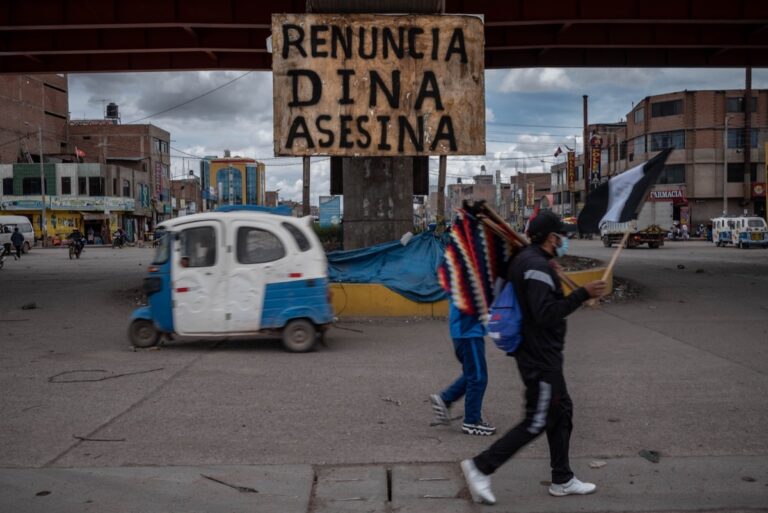
Si bien las condiciones en Perú son únicas para el país, el panorama general, dice Ortiz, se erige como una advertencia para el mundo de lo que sucede cuando se permite que las divisiones sociales se enconen, cuando las instituciones se quedan cortas y cuando la calamidad se precipita para llenar la brecha.
Usted describió su experiencia en Perú como una de las más trágicas que haya encontrado en América Latina. ¿Por qué es eso?
He sido testigo del gobierno de Colombia disparando sistemáticamente a los ojos de los jóvenes manifestantes. Y he visto mucha violencia en México. Pero en el Perú parece una política de exterminio. Están usando francotiradores… Los vi en Cuzco.
Me reuní con la familia de Remo Candia Guevara, quien recibió un disparo en el pecho durante una protesta del 11 de enero cerca de la ciudad. Era un líder local quechua, alguien a quien todos recurrían, especialmente cuando estalló esta última crisis. Días antes de su muerte, le dijo a su familia que lo estaban siguiendo.
Lo instaron a que no se uniera a las protestas, pero fue de todos modos después de que los miembros de la comunidad le dijeron que lo necesitaban. Hay un video de él a la cabeza de la multitud. Sin armas… sin piedras, sin palos. La policía lanza gases lacrimógenos. Remo intenta esconderse detrás de un poste. Es entonces cuando recibe un disparo en el pecho. Murió en el hospital poco después. Su familia me dijo que la policía lo atacó. Sabían quién era.
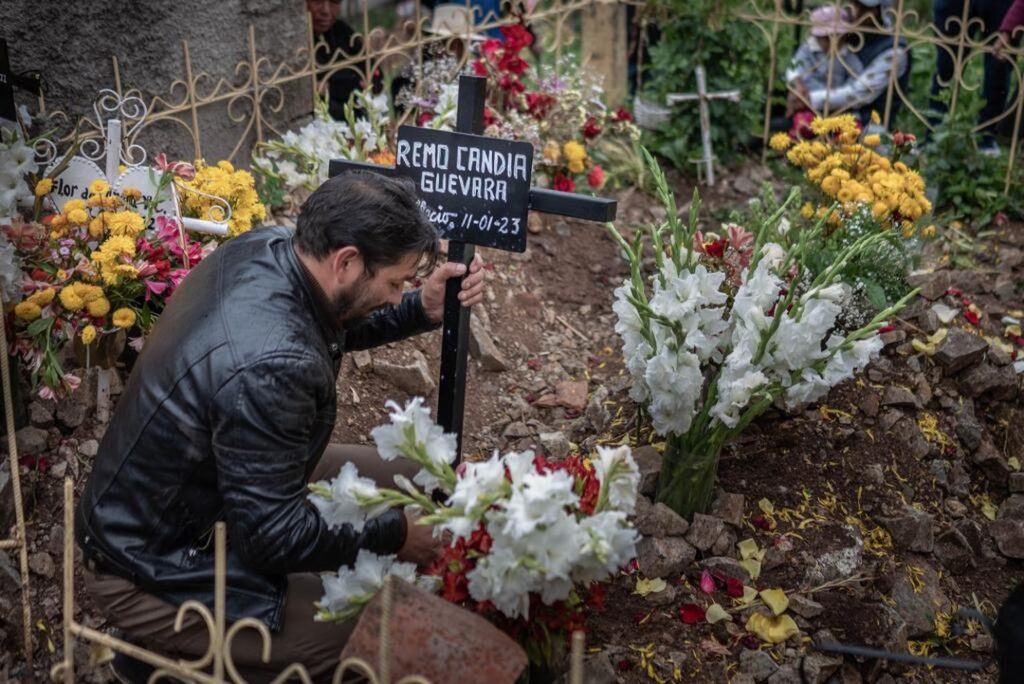
Asististe a un memorial que marca un mes desde su muerte. ¿Qué escuchaste allí de la comunidad?
La gente estaba nerviosa al principio. Pero a medida que avanzaba el memorial, empezaron a hablarnos. Nos agradecieron por estar ahí, como miembros de la prensa internacional. Hablaron de cómo los periodistas de ‒la capital‒, Lima, nunca hablan ni visitan las comunidades quechuas, lo que muchos peruanos, nos enteramos, a menudo equiparan con terrorismo. Se sienten como si hubieran sido olvidados.
Al día siguiente compartimos el desayuno. Jugaba con sus hijos y me preguntaban: «¿Cuándo vuelve papá a casa?». Más tarde nos dirigimos hacia la cima de una colina cercana, donde cientos se reunieron para plantar árboles. Es parte de la tradición quechua, algo que hacen cada 10 años más o menos para reforestar las montañas circundantes. Pero este año tuvo una capa adicional de significado. Muchos allí me dijeron que creen que Remo vendrá a habitar los árboles y la montaña, y que los cuidará.
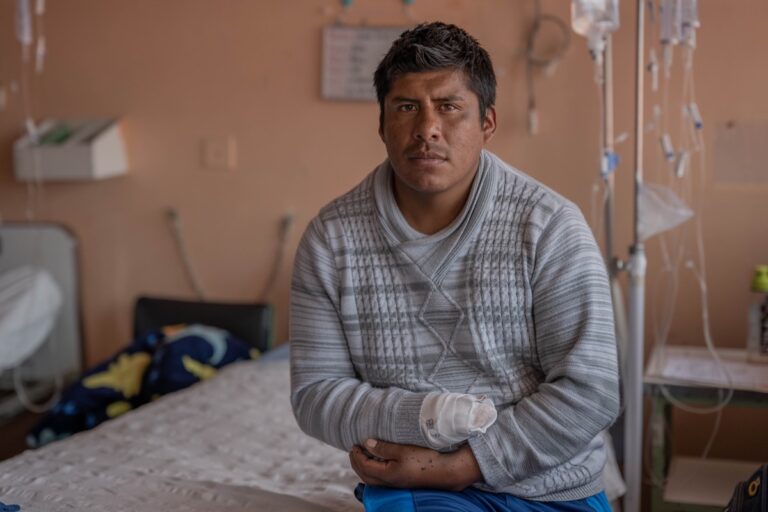
¿Qué le dijeron los manifestantes sobre sus demandas? ¿Qué están buscando?
Muy pocos mencionaron al expresidente Pedro Castillo, por quien votó la mayoría. Su principal demanda es la renuncia del actual presidente. Algunos incluso me dijeron que, si ella renuncia hoy, las protestas terminarán y que pueden negociar otros temas. Se sienten traicionados por Boluarte, alguien que vino de la izquierda, pero ahora está alineado con la derecha de Perú.
También sienten que la constitución no los representa y exigen que se reforme para que refleje mejor las preocupaciones indígenas.
¿Qué escuchó de los peruanos comunes que conoció sobre esta crisis actual?
Los peruanos están muy divididos. Cuando aterrizamos, le pregunté a nuestro conductor de Uber qué pensaba de la situación. Llamó a los manifestantes terroristas. Mencioné a los manifestantes asesinados por la policía y dijo que merecían morir. Los llamó ignorantes. No podía creerlo. Me quedé impactado. Nunca he visto el tipo de racismo anti-indígena que encontré en Perú. Pero luego enciendes la televisión y eso es lo que ves en las noticias, entremezclado con anuncios de empresas mineras que operan en el sur de Perú, donde vive la mayoría de las comunidades indígenas.
Pero también conocimos a un taxista, un padre cusqueño que contratamos para que nos llevara a la montaña. Había crecido cerca de comunidades indígenas, pero casi no tenía contacto con ellas. Mostró un tibio apoyo a las protestas, pero también tenía dudas sobre los manifestantes indígenas, diciendo que habían hecho «cosas malas».
Pasamos varios días juntos, durante los cuales escuchó el testimonio de los quechuas cuyos seres queridos habían sido asesinados en las protestas. Cuando nos separamos, nos dio las gracias. «Me mostraste algo de mi país que nunca antes había conocido».
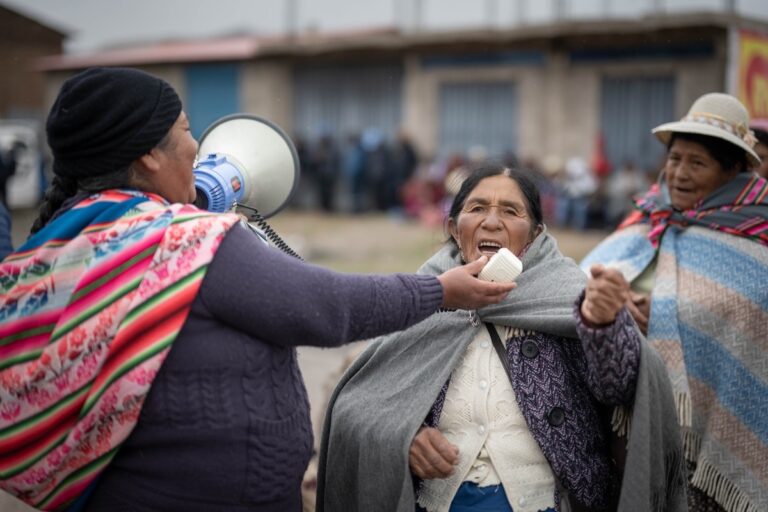
También entrevistó a un jefe de policía local durante una protesta en Cuzco. ¿Cuál fue tu impresión de él?
Llegó a la plaza principal de Cuzco donde se dirigió a una reunión de periodistas peruanos. Pero no fue una entrevista. No hubo preguntas. Básicamente hizo una lista de los delitos cometidos por los manifestantes y aseguró a la prensa que todo estaba bajo control. Pedí una entrevista con él, y cuando lo presioné sobre el asesinato de manifestantes por parte de la policía, se enojó visiblemente. No sé si fue entonces cuando nos empezaron a seguir, nos fotografiaron varias veces durante nuestro viaje, pero muchos activistas con los que hablé aquí me han dicho que están siendo atacados.
Más de 70 personas han muerto desde que comenzaron las protestas en diciembre. ¿Quiénes son y qué ha sabido de sus amigos o familiares?
Las personas que han muerto son en su mayoría pobres, muchos son jóvenes, algunos son niños y algunos ancianos. Algunos de los muertos quedaron atrapados en el fuego cruzado que pasaba caminando. No tenemos el número exacto de muertos o heridos, en parte porque ha habido informes de manifestantes detenidos por la policía en hospitales locales. Muchos ahora tienen miedo de buscar tratamiento médico.

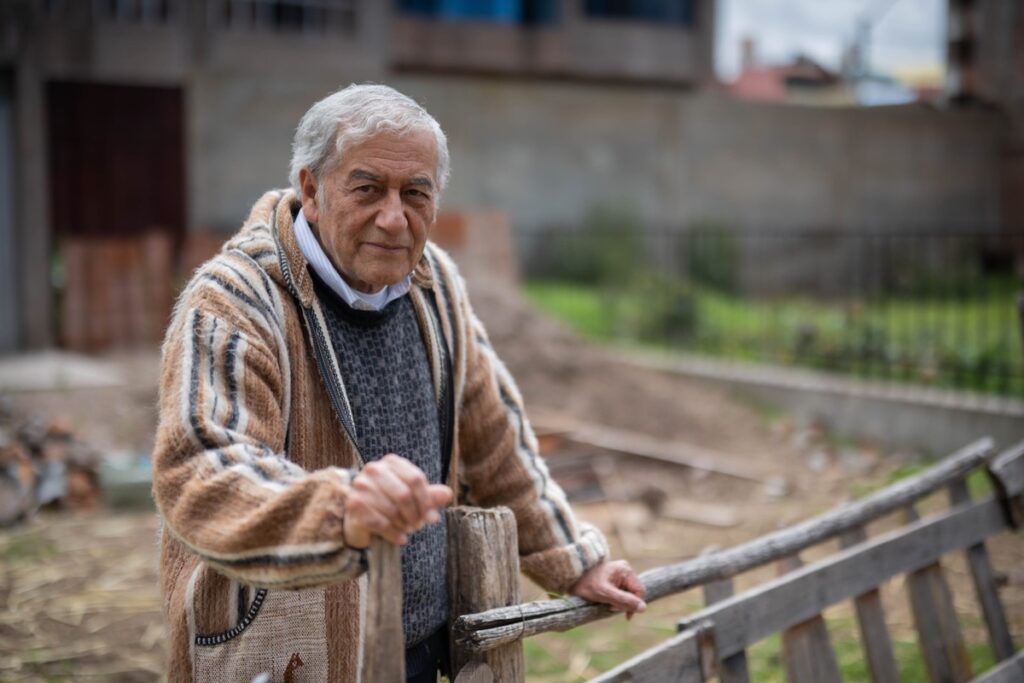
Nos reunimos con un numeroso grupo de familiares de víctimas en la iglesia Pueblo de Dios de Juliaca, en el sur. Pensábamos que íbamos a hablar con una o dos personas como mucho. Pero cuando los vecinos se enteraron de que estábamos allí, empezaron a inundar la iglesia. Llegó un momento en que estaba casi llena. Nos dijeron que los medios de comunicación no habían venido nunca a escuchar sus historias. Todavía recibo llamadas de personas que no pudieron ir a la iglesia ese día. El sacerdote se llama Padre Lucho. Procede del movimiento de la Teología de la Liberación y ha convertido su iglesia en una especie de centro comunitario, donde acuden los heridos y los dolientes, y donde se envían donativos para apoyar a las comunidades locales. El Padre Lucho está recopilando una lista de heridos y muertos. En cierto modo, es un baluarte contra una represión aún más severa. En un momento dado le pregunté cómo aguantaba y cómo es que parece llevar constantemente una sonrisa. Entonces se le saltaron las lágrimas… «Le caigo bien a la gente, y yo le caigo bien a la gente».
Te puede interesar: Llama organización a investigar al gobierno de Perú por delitos de lesa humanidad

